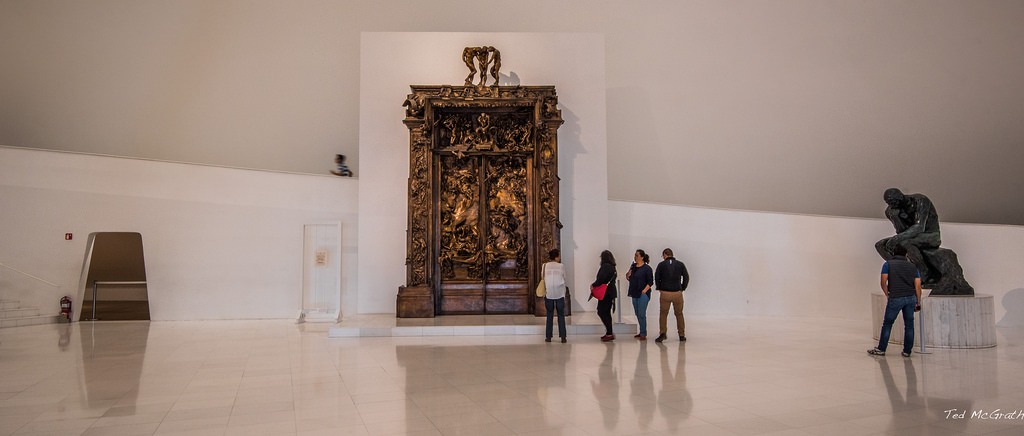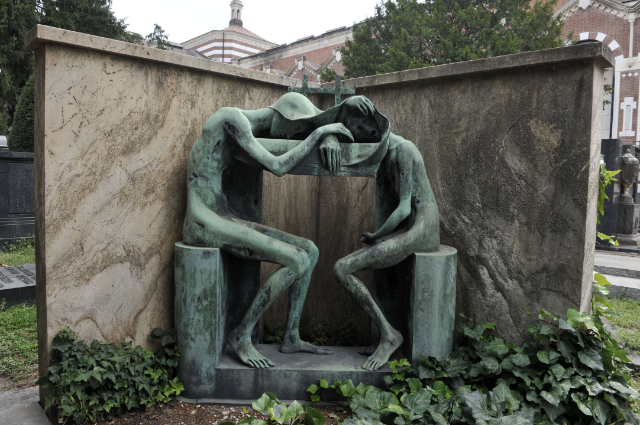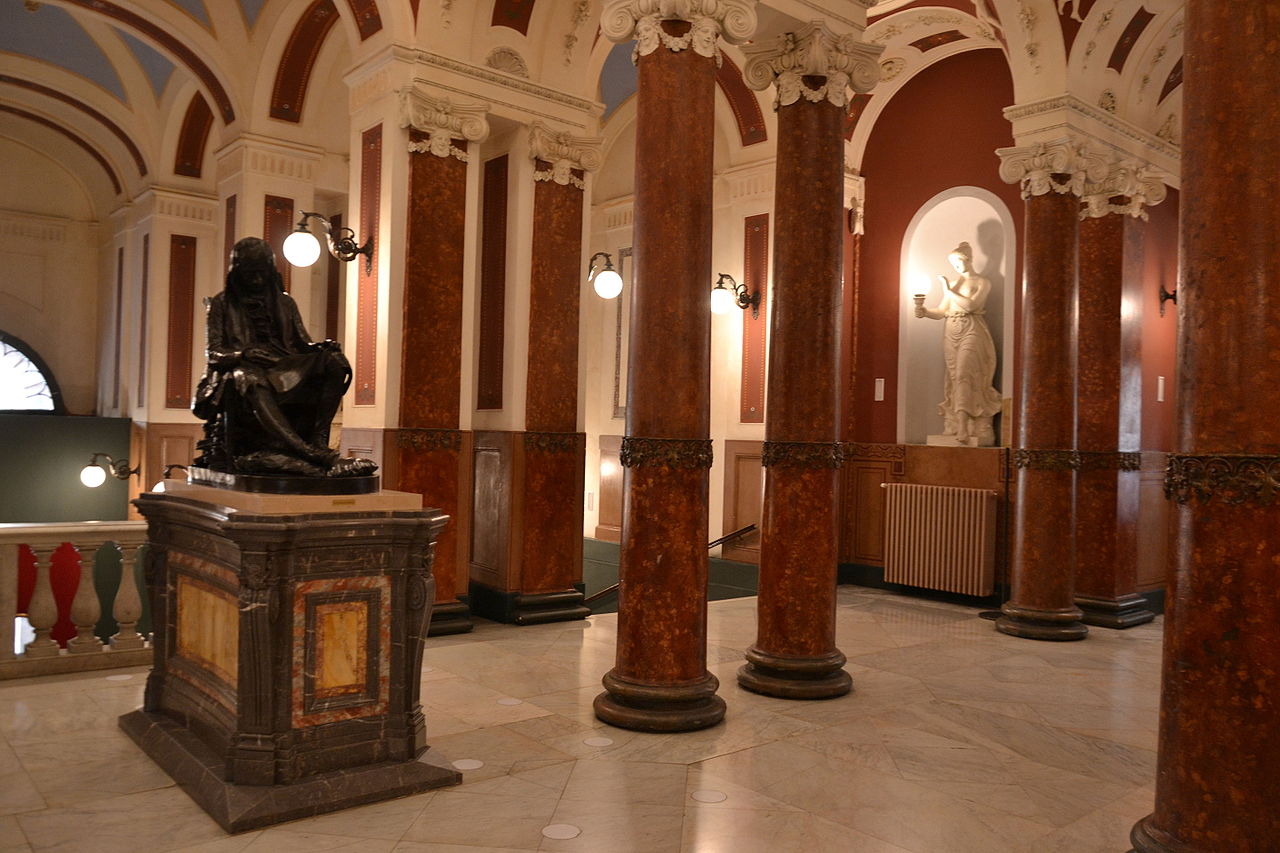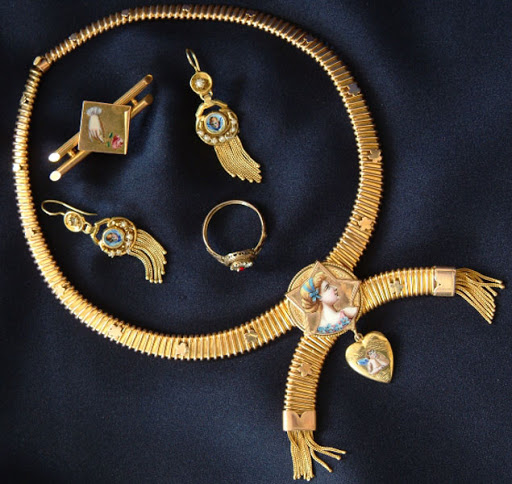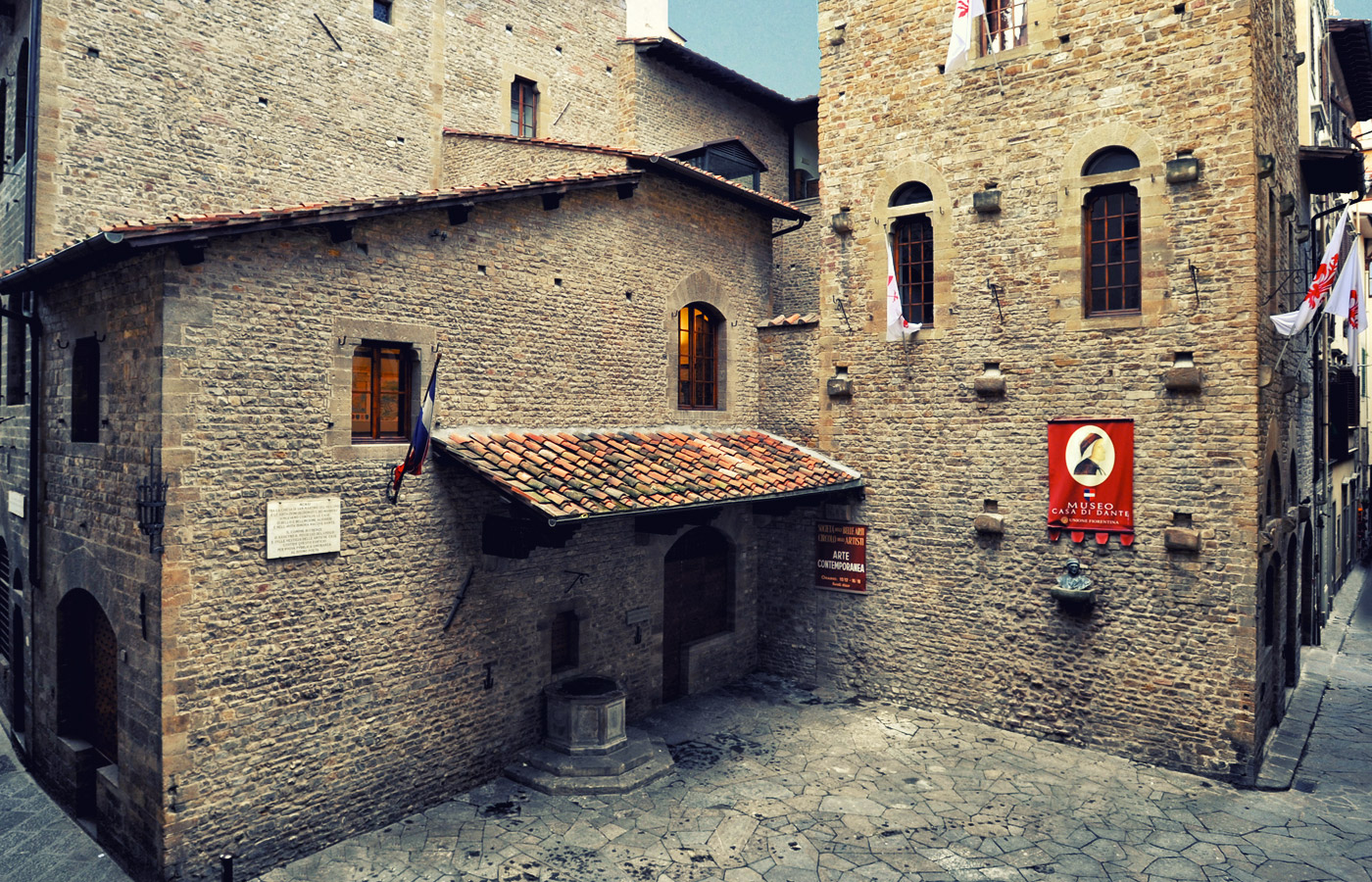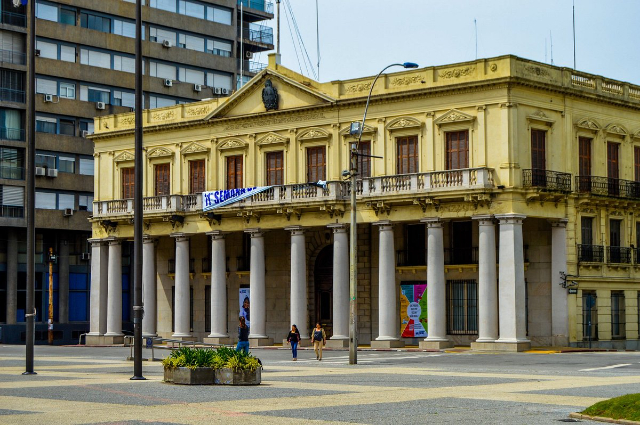he Gates of Hell”, by French artist Auguste Rodin (1840-1917) to integrate the collection he currently holds about the artist, among which are busts, unfinished figures, torsos, dancers, masks and three carved marble.The piece of 6.35 meters high by 3.90 wide and 85 cm deep was commissioned to the sculptor by the French state in 1880, the creation is decorated with bas-reliefs inspired by the Divine Comedy of Dante Alighieri, and was destined for the Museum of Decorative Arts of Paris, where today is the Museum d’Orsay.
The sculptor never finished the project, however, was a work that marked Rodin, and it inspired many of his most emblematic pieces, such as the Thinker, The Kiss, The Three Shadows and Adam and Eve, among others, which currently have a significant importance to the general sculpture and modern art.According to the story, the cast for “The Gates of Hell” of Rodin was finished in early 1886, but he was not satisfied because he felt that many of the elements that composed the piece could be autonomous. It was not until the year 1900 when the sculptor presented the work to the public at the Place de l’Alma of Paris, with other 150 works, in a show that received international recognition.
The piece has been described as a “symbolist work by excellence that leaves total freedom to the imagination, the high relief gives way to the vehemence and expressive power of the human body in an indeterminate space, extremely disturbed by the play of shadows and lights”.La Porte de l’Enfer, as it is called in French, is composed of 180 figures, weighs about 6 tons, and is cast in bronze, and the one that can be seen in the Soumaya museum is the eighth replica of the original and the unique in Latin America. Currently only 6 countries in the world have this piece.
